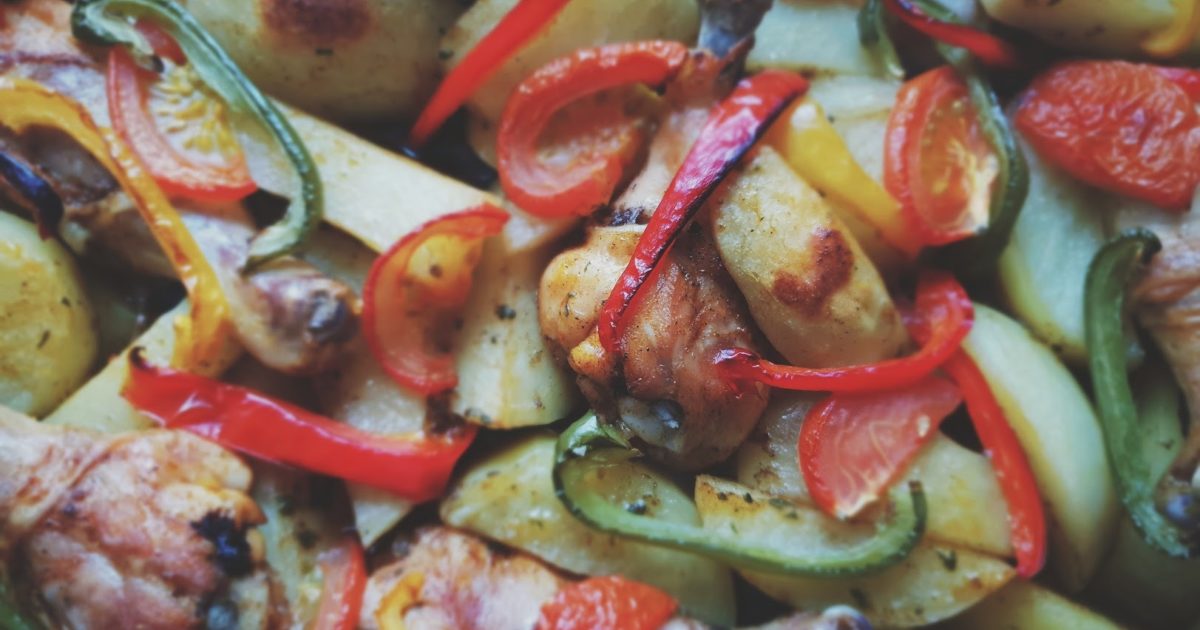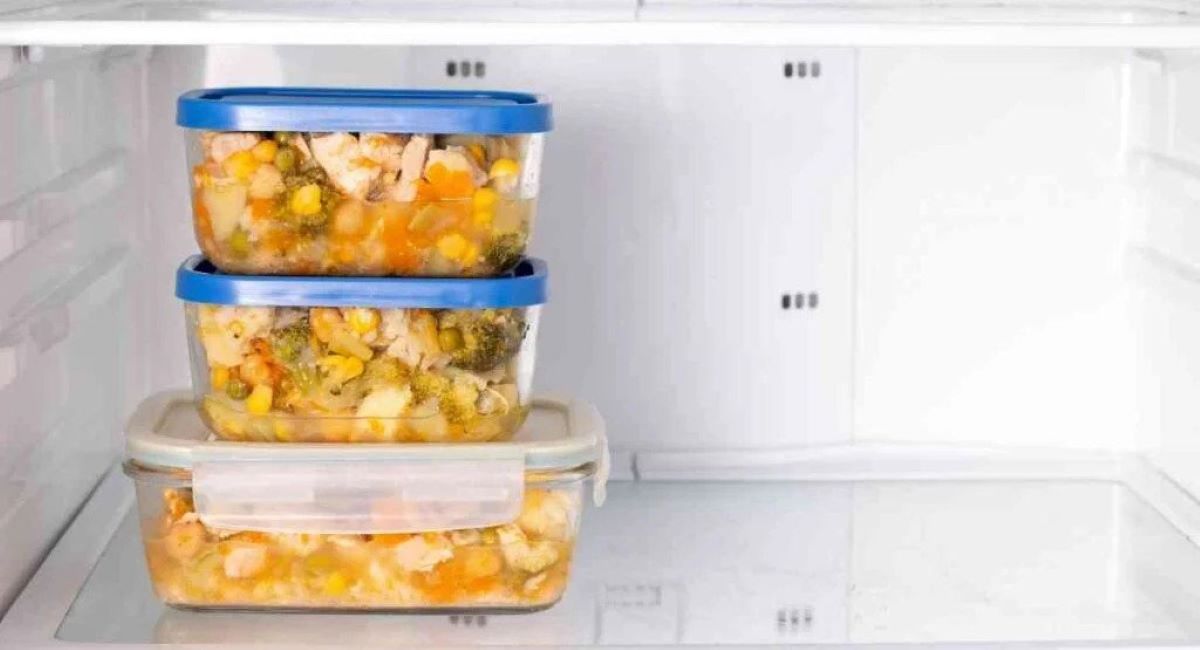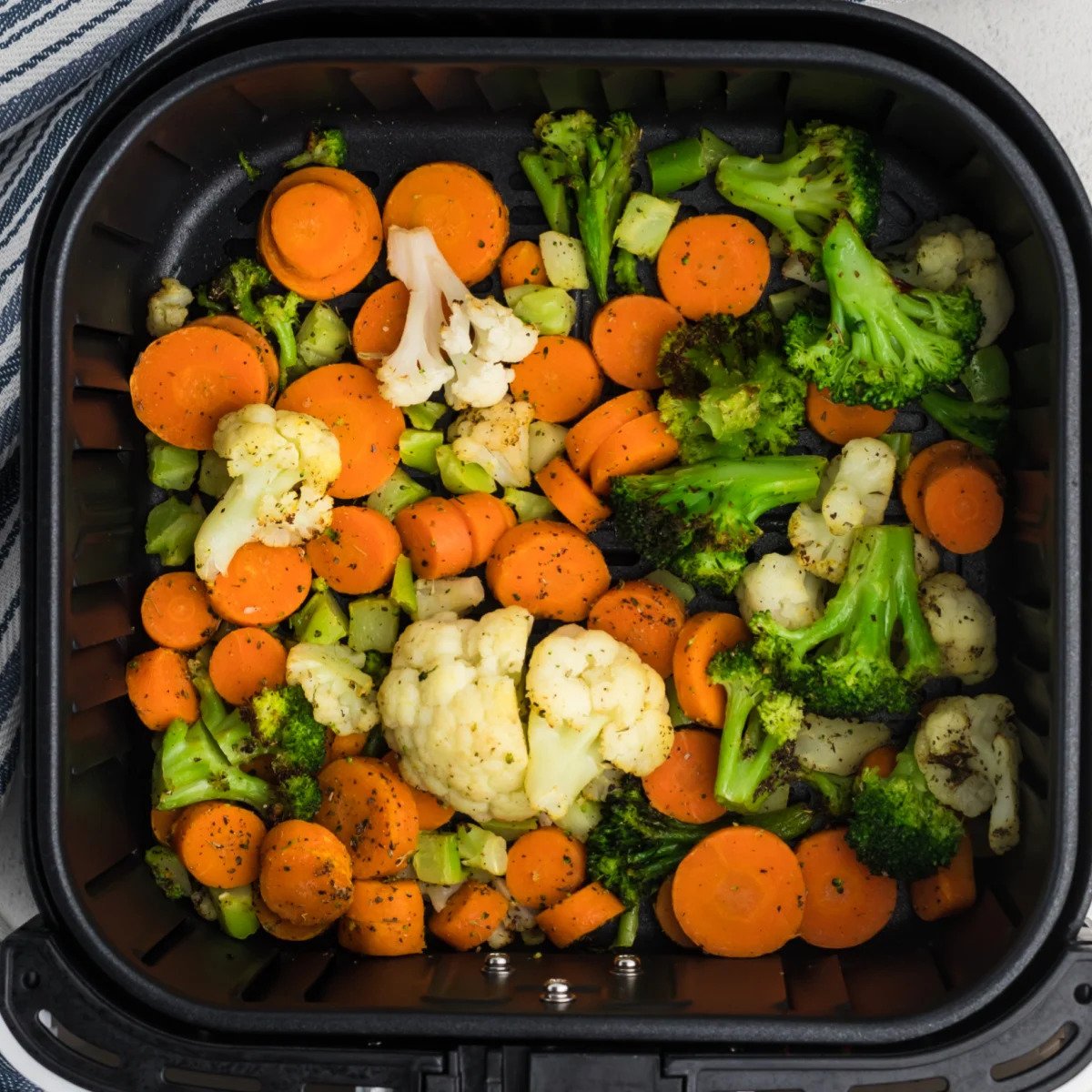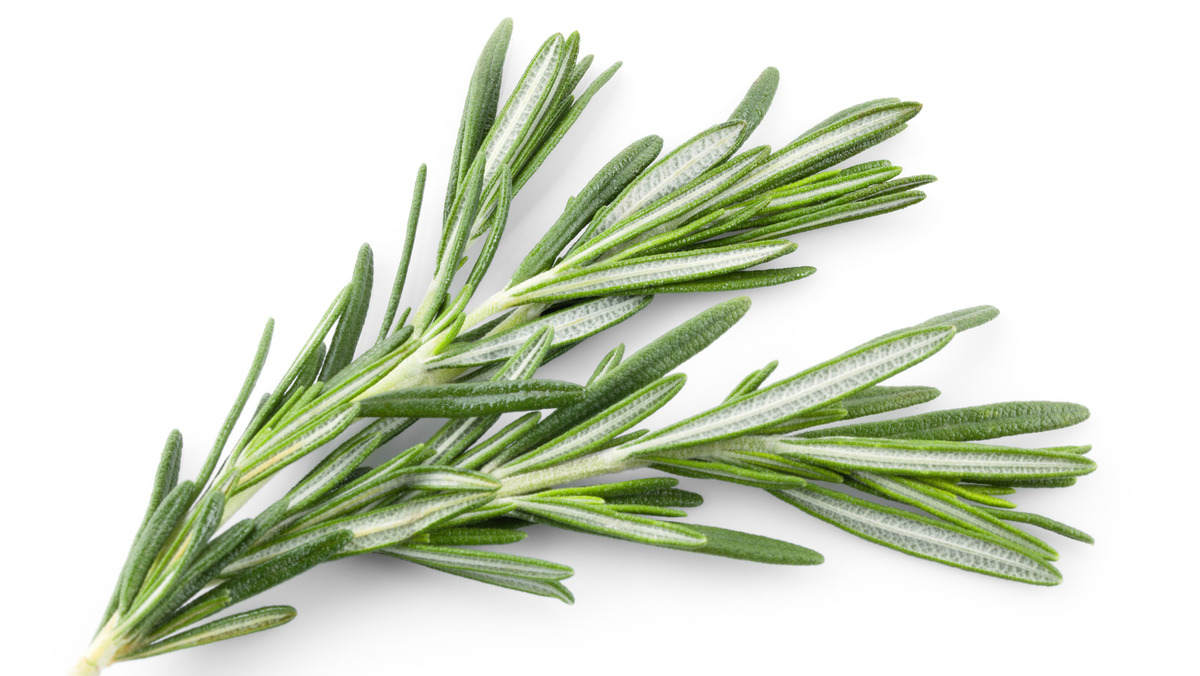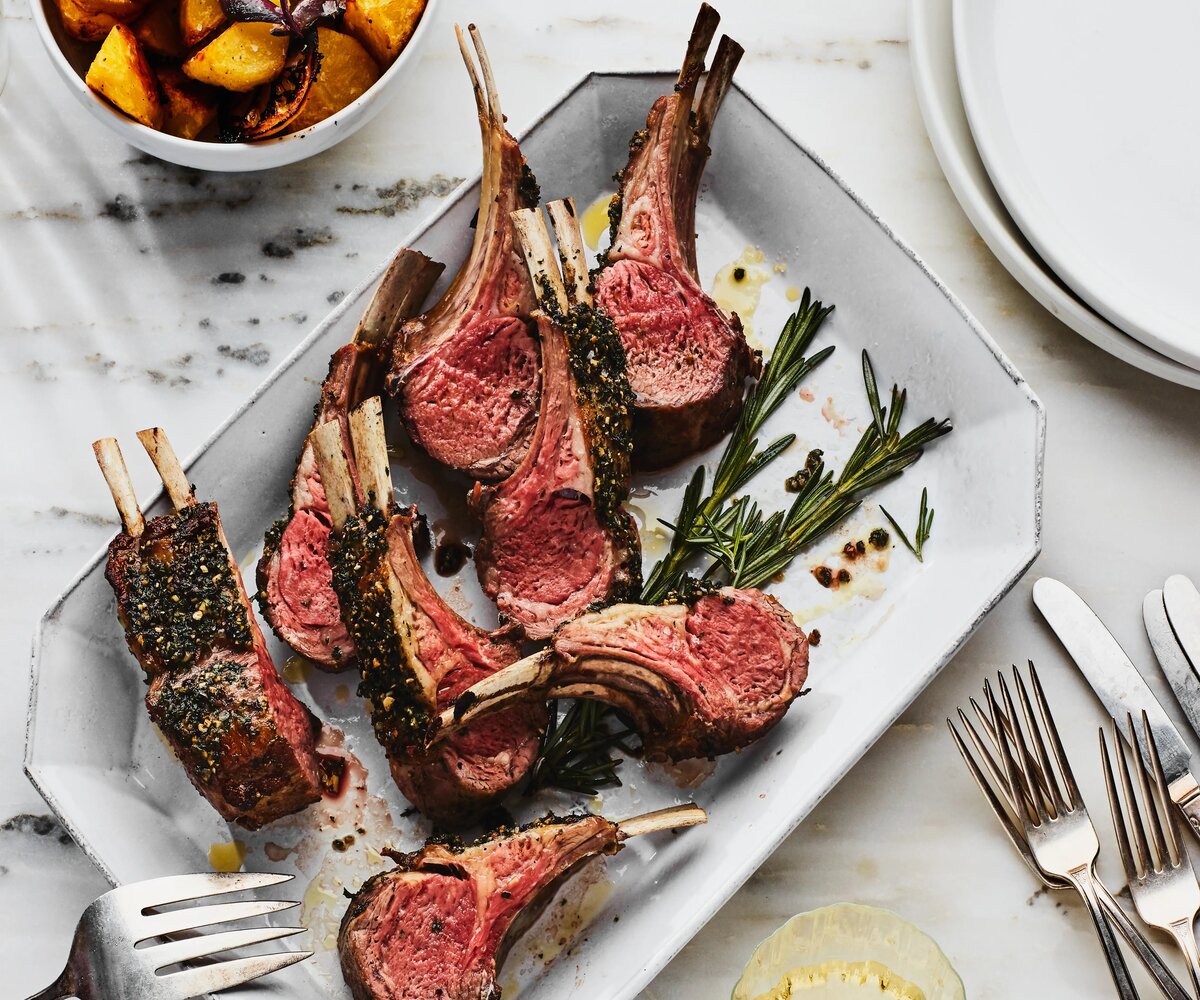Home>Gardening News and Trends>Latest News>What Internal Temp Must The Vegetables Reach While Cooking
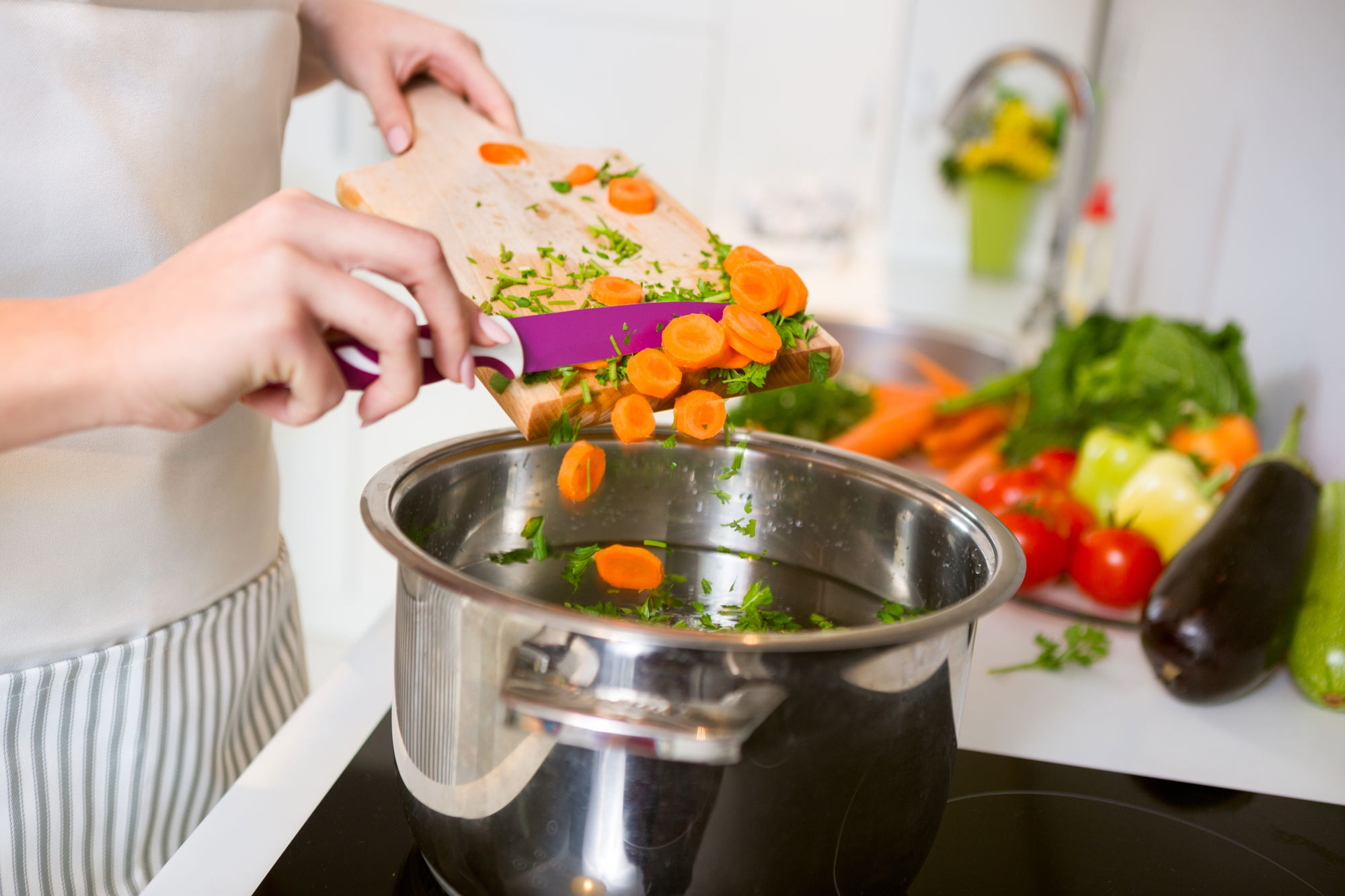

Latest News
What Internal Temp Must The Vegetables Reach While Cooking
Modified: January 22, 2024
Discover the latest news on the internal temperature that vegetables must reach while cooking. Ensure your veggies are perfectly cooked and safe to consume.
(Many of the links in this article redirect to a specific reviewed product. Your purchase of these products through affiliate links helps to generate commission for Chicagolandgardening.com, at no extra cost. Learn more)
Table of Contents
- Importance of Internal Temperature in Cooking Vegetables
- Factors Affecting the Internal Temperature of Vegetables
- Recommended Internal Temperature for Different Vegetables
- Methods to Measure the Internal Temperature of Vegetables
- Tips to Ensure Vegetables Reach the Proper Internal Temperature
- Common Misconceptions about Cooking Vegetable Internal Temperature
- Conclusion
Importance of Internal Temperature in Cooking Vegetables
Cooking vegetables to their proper internal temperature is a crucial aspect of preparing nutritious and delicious meals. The internal temperature of vegetables determines their texture, flavor, and overall quality. While it may be easy to visually judge when vegetables are cooked, relying solely on appearance can lead to undercooked or overcooked results.
Properly cooked vegetables should have a tender but firm texture, maintaining their vibrant color and retaining their nutritional value. Achieving the correct internal temperature ensures that harmful bacteria, such as E. coli or Salmonella, are killed, making the vegetables safe to consume.
Furthermore, understanding and controlling the internal temperature of vegetables allows for consistent and predictable cooking results. Cooking vegetables to the appropriate internal temperature helps to preserve their natural flavors and prevent them from becoming mushy or soggy.
Vegetables contain a variety of essential nutrients, such as vitamins, minerals, and antioxidants, which can be affected by the cooking process. By cooking vegetables to their proper internal temperature, you can maximize the retention of these nutrients, ensuring you reap the full health benefits of your meal.
Whether you’re sautéing, steaming, roasting, or grilling vegetables, understanding the importance of internal temperature is key. It allows you to achieve the desired texture, flavor, and nutritional value, resulting in delectable and healthy dishes.
Factors Affecting the Internal Temperature of Vegetables
Several factors can influence the internal temperature of vegetables during the cooking process. Understanding these factors is essential to ensure that the vegetables are cooked to perfection.
1. Size and Thickness: The size and thickness of vegetables play a significant role in determining how long they take to cook and reach the desired internal temperature. Thicker vegetables like potatoes will take longer to cook compared to thinner ones like green beans.
2. Water Content: The water content of vegetables can affect their cooking time and internal temperature. Vegetables with higher water content, such as zucchini or cucumber, tend to cook faster compared to those with lower water content, like carrots or winter squash.
3. Cooking Method: Different cooking methods, such as boiling, steaming, roasting, or grilling, can influence the internal temperature of vegetables. Boiling tends to cook vegetables faster, while roasting or grilling may take longer but can result in a desirable texture and flavor.
4. Oven Temperature: When roasting or baking vegetables, the oven temperature plays a crucial role in achieving the desired internal temperature. Higher temperatures can lead to faster cooking, but they may also increase the risk of overcooking or burning the vegetables.
5. Cooking Vessel: The type of cooking vessel used can impact the cooking time and internal temperature of vegetables. For example, using a non-stick pan or a cast-iron skillet can affect the heat distribution and cooking speed.
6. Freshness of Vegetables: The freshness of the vegetables can also affect their cooking time and internal temperature. Fresher vegetables tend to cook more evenly and reach the desired temperature more quickly.
By considering these factors and making adjustments as needed, you can ensure that your vegetables are cooked to perfection, with a balanced internal temperature that enhances their taste and texture.
Recommended Internal Temperature for Different Vegetables
Knowing the recommended internal temperature for different vegetables is crucial to ensure that they are cooked safely and have the desired texture. Here are some guidelines for the internal temperature of commonly cooked vegetables:
- Root vegetables like potatoes and carrots should reach an internal temperature of 205°F (96°C) for a soft and creamy texture.
- Cruciferous vegetables, including broccoli and cauliflower, should have an internal temperature of 185°F (85°C) to be tender but still slightly crisp.
- Leafy greens like spinach and Swiss chard should reach an internal temperature of 160°F (71°C) to be wilted and cooked through.
- Beans and legumes, such as chickpeas and lentils, should have an internal temperature of 185°F (85°C) to be soft and fully cooked.
- Peppers, both sweet and spicy varieties, are typically cooked until they reach an internal temperature of 160°F (71°C) for a tender texture.
- Tomatoes and eggplants should have an internal temperature of 190°F (88°C) to be soft and fully cooked.
It’s important to note that these are general guidelines, and the optimal internal temperature may vary depending on personal preference and the specific recipe. Also, vegetables that are being served raw, such as in salads or as garnishes, do not require a specific internal temperature.
When using a meat thermometer to check the internal temperature of vegetables, ensure that the thermometer is inserted into the thickest part of the vegetable without touching any bone or the cooking vessel. This will give you an accurate reading of the internal temperature.
By following these recommended internal temperature guidelines, you can cook your vegetables to perfection, ensuring they are safe to consume and have the desired texture and flavor.
Methods to Measure the Internal Temperature of Vegetables
Measuring the internal temperature of vegetables is essential to ensure they are cooked to the proper temperature. Here are a few methods you can use to accurately measure the internal temperature of vegetables:
- Meat Thermometer: The most reliable and accurate way to measure the internal temperature of vegetables is by using a meat thermometer. Insert the probe into the thickest part of the vegetable without touching any bone or the cooking vessel. Digital meat thermometers provide quick and precise readings, allowing you to monitor the temperature without removing the vegetables from the heat source.
- Instant-Read Thermometer: An instant-read thermometer can also be used to measure the internal temperature of vegetables. Unlike a meat thermometer, an instant-read thermometer provides a reading within seconds. Insert the probe into the vegetable and wait for a few seconds until the temperature stabilizes. However, keep in mind that instant-read thermometers may not be as accurate as meat thermometers.
- Fork Test: Another simple method to check the internal temperature of vegetables is the fork test. Insert a fork into the vegetable and leave it for a few seconds. Remove the fork and touch it to your lip or the inside of your wrist. If the fork feels warm, the vegetable is likely cooked through. However, this method is not as precise as using a thermometer and may not provide an accurate temperature reading.
- Visual Cues: In some cases, you can rely on visual cues to determine if the vegetables are cooked to the desired internal temperature. For example, when roasting root vegetables like potatoes or carrots, they should be golden brown on the outside and easily pierced with a fork. Leafy greens should be wilted and vibrant in color. While visual cues can be helpful, they may not always indicate the precise internal temperature.
Regardless of the method you choose, it’s important to follow the recommended internal temperature guidelines for each vegetable. Using a meat thermometer or an instant-read thermometer ensures precise and accurate temperature readings, allowing you to cook your vegetables to perfection.
Tips to Ensure Vegetables Reach the Proper Internal Temperature
To ensure that your vegetables reach the proper internal temperature, follow these tips and techniques:
- Uniform Sizing: Cut the vegetables into uniform sizes to promote even cooking. This will help ensure that all the pieces reach the desired internal temperature at the same time.
- Preheating the Cooking Vessel: Preheat the cooking vessel, such as a pan or oven, before adding the vegetables. This helps to start the cooking process immediately and promotes more consistent cooking.
- Keep the Heat Medium to High: Cook the vegetables over medium to high heat to encourage the Maillard reaction, which adds flavor and helps to achieve the desired internal temperature. Be mindful not to use too high heat, as it may lead to burning or uneven cooking.
- Use Lid or Cover: When cooking vegetables, especially in methods like steaming or boiling, cover the pot with a lid. This helps to trap heat and moisture, promoting faster and more even cooking.
- Stir or Flip Occasionally: Stir or flip the vegetables occasionally during cooking to ensure even heat distribution and prevent them from sticking or burning. Moving the vegetables around also helps to ensure that all sides are exposed to heat, promoting uniform cooking.
- Check the Internal Temperature: Use a meat thermometer or instant-read thermometer to regularly check the internal temperature of the vegetables throughout the cooking process. This will help you determine when they have reached the desired temperature.
- Test for Doneness: Along with checking the internal temperature, test the vegetables for doneness by piercing them with a fork or tasting a piece. They should be tender but still hold their shape, and they should have a pleasant texture to eat.
- Resting Time: Allow the vegetables to rest for a few minutes after cooking before serving. This helps to distribute the heat evenly and allows for any residual cooking to take place, ensuring that the internal temperature is uniform.
Remember, different vegetables may require different cooking times and methods, so adjust the cooking technique and temperature accordingly. With these tips, you can ensure that your vegetables are cooked to perfection, reaching the proper internal temperature for delicious and nutritious results.
Common Misconceptions about Cooking Vegetable Internal Temperature
When it comes to cooking vegetable internal temperature, there are several misconceptions that can lead to less-than-optimal results. Let’s debunk some of the common misconceptions:
- All Vegetables Have the Same Internal Temperature: This is not true. Different vegetables have different optimal internal temperatures. For example, root vegetables like potatoes require a higher internal temperature compared to leafy greens like spinach or delicate vegetables like tomatoes. It’s important to research and follow specific internal temperature guidelines for each vegetable.
- Visual Appearance Indicates the Internal Temperature: While visual cues can be helpful, they don’t always accurately reflect the internal temperature of the vegetables. Vegetables can still appear cooked on the outside while remaining undercooked internally. Using a meat thermometer to measure the internal temperature is the most reliable way to ensure they are properly cooked.
- Overcooking Vegetables Always Results in Lesser Nutritional Value: While overcooking can lead to a loss of some nutrients, it doesn’t mean that all nutritional value is destroyed. Some vitamins, like vitamin C, may be more sensitive to heat, but other nutrients can still be retained even with longer cooking times. It’s important to strike a balance and cook vegetables until they reach the proper internal temperature without extensively overcooking them.
- Raw Vegetables are Always Healthier: While raw vegetables can have their own nutritional benefits, certain cooking methods and reaching the proper internal temperature can actually enhance the bioavailability of certain nutrients. Some antioxidants are more easily absorbed by the body when vegetables are cooked. Additionally, cooking can help destroy harmful bacteria and parasites that may be present in raw produce.
- All Vegetables Should Be Cooked to a Soft Texture: While some vegetables benefit from a soft texture, not all vegetables should be cooked until they are mushy. Vegetables like broccoli, cauliflower, and green beans are often enjoyed with a slight crunch. It’s important to understand the desired texture for each vegetable and cook them accordingly.
- Vegetables Don’t Need Resting Time: Just like meats, allowing vegetables to rest for a few minutes after cooking can be beneficial. Resting allows the heat to distribute evenly and helps the vegetables reach a consistent internal temperature. It also allows for any residual cooking to take place, resulting in a more uniform texture and flavor.
By understanding these common misconceptions and following proper guidelines for cooking vegetable internal temperature, you can ensure that your vegetables are not only safe to eat but also delicious and nutritious.
Conclusion
Understanding and achieving the proper internal temperature when cooking vegetables is essential for both taste and safety. By following the recommended internal temperature guidelines for different vegetables, you can ensure that your dishes are cooked to perfection, with a desirable texture, flavor, and nutritional value.
Factors such as size, water content, cooking method, oven temperature, cooking vessel, and vegetable freshness can all affect the internal temperature of vegetables. By considering these factors and making necessary adjustments, you can ensure even cooking and consistent results.
Measuring the internal temperature of vegetables using a meat thermometer or instant-read thermometer is the most accurate and reliable method. This allows you to monitor the cooking progress and ensure that the vegetables are cooked to the desired temperature.
Tips such as uniform sizing, preheating the cooking vessel, using medium to high heat, covering the pot, occasional stirring or flipping, and resting time can help you achieve the proper internal temperature and desired texture in your cooked vegetables.
It’s important to dispel common misconceptions about vegetable internal temperature, such as assuming all vegetables have the same internal temperature or relying solely on visual appearance to determine doneness. By understanding the specific temperature requirements for each vegetable and using proper cooking techniques, you can ensure that your vegetables are cooked safely and retain their nutritional value.
Cooking vegetables to the correct internal temperature not only ensures food safety but also allows you to enjoy the full flavor and health benefits they offer. So, next time you cook vegetables, remember to pay attention to their internal temperature and create a delectable and nutritious meal for yourself and your loved ones.
